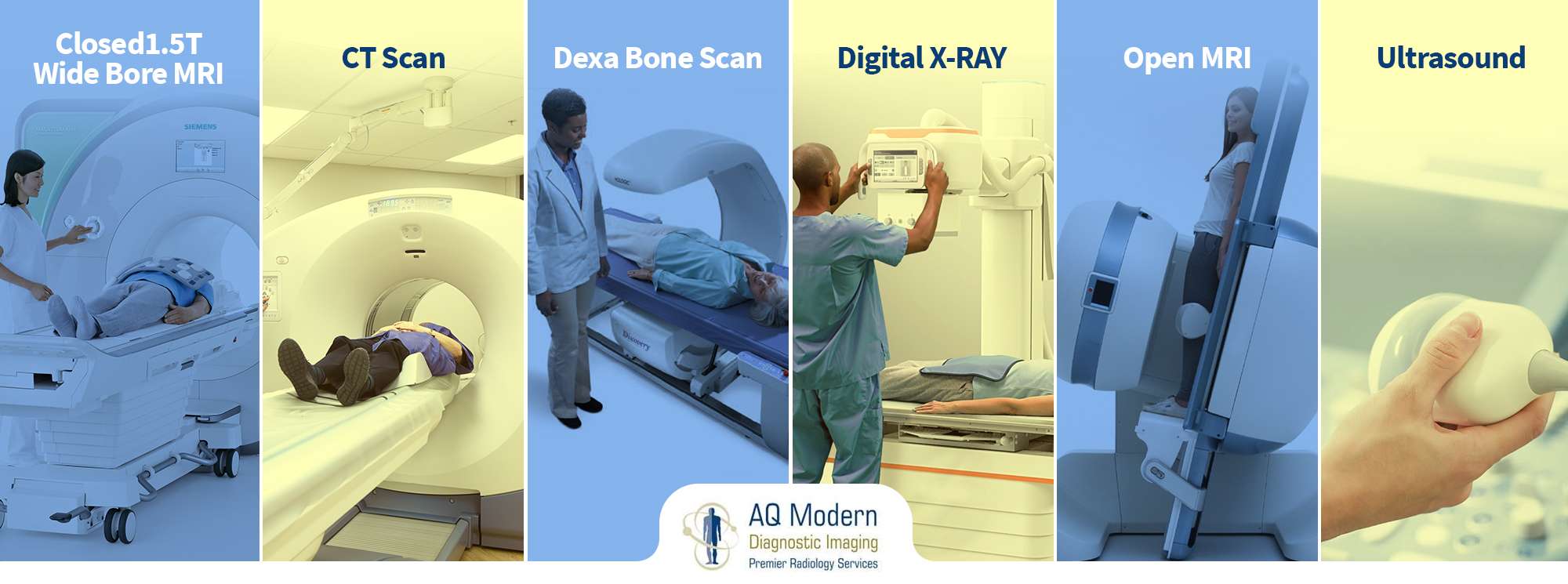One of the most effective ways to combat menopause weight gain is by incorporating strength training into your fitness routine. As you age, muscle mass naturally decreases, leading to a slower metabolism. Strength training helps counteract this by building and maintaining muscle, which burns more calories even at rest. Include exercises like weight lifting, resistance band workouts, or bodyweight exercises such as squats, lunges, and push-ups. Aim to work all major muscle groups at least twice a week. Not only will this help with weight loss, but it will also improve bone density, reducing the risk of osteoporosis.
Opt for a Balanced Diet
During menopause, hormonal changes can make it easier to gain weight, especially around the midsection. Adopting a balanced diet rich in whole foods is essential. Focus on eating plenty of fruits, vegetables, lean proteins, and whole grains. These foods provide the necessary nutrients and help keep you full longer, reducing the likelihood of overeating. Fiber is particularly important as it aids in digestion and helps regulate blood sugar levels, which can be more challenging to manage during menopause. Avoid processed foods and refined sugars, which can cause insulin spikes and contribute to weight gain.
Prioritize Protein Intake
Increasing your protein intake is crucial for managing menopause weight. Protein helps preserve muscle mass, which is vital for maintaining a healthy metabolism. It also keeps you feeling full, which can prevent unnecessary snacking or overeating. Incorporate a variety of protein sources into your diet, such as lean meats, fish, eggs, dairy, legumes, and nuts. If you struggle to get enough protein through food alone, consider adding a high-quality protein powder to your smoothies or snacks. Aim to include a source of protein with every meal to support your weight loss efforts and overall health.
Stay Hydrated
Hydration is key to weight management, especially during menopause. Drinking enough water can help control appetite, boost metabolism, and improve digestion. Sometimes, thirst is mistaken for hunger, leading to overeating. Make it a habit to drink water throughout the day, aiming for at least 8 glasses. Herbal teas and water-rich foods like cucumbers and melons can also contribute to your daily fluid intake. Avoid sugary drinks and excessive alcohol, as they add empty calories and can lead to weight gain. Staying hydrated also supports skin health and can alleviate some menopausal symptoms, such as hot flashes.
Incorporate Regular Cardio
Cardiovascular exercise is essential for burning calories and improving heart health, both of which are important during menopause. Engage in activities that raise your heart rate, such as brisk walking, swimming, cycling, or dancing. Aim for at least 150 minutes of moderate aerobic activity each week, or 75 minutes of vigorous activity. Cardio helps to reduce overall body fat, including the stubborn belly fat that often accumulates during menopause. Mix it up with different types of cardio to keep it interesting and to work different muscle groups. Consistency is key, so find activities you enjoy and can stick with long-term.
Manage Stress Levels
Stress














